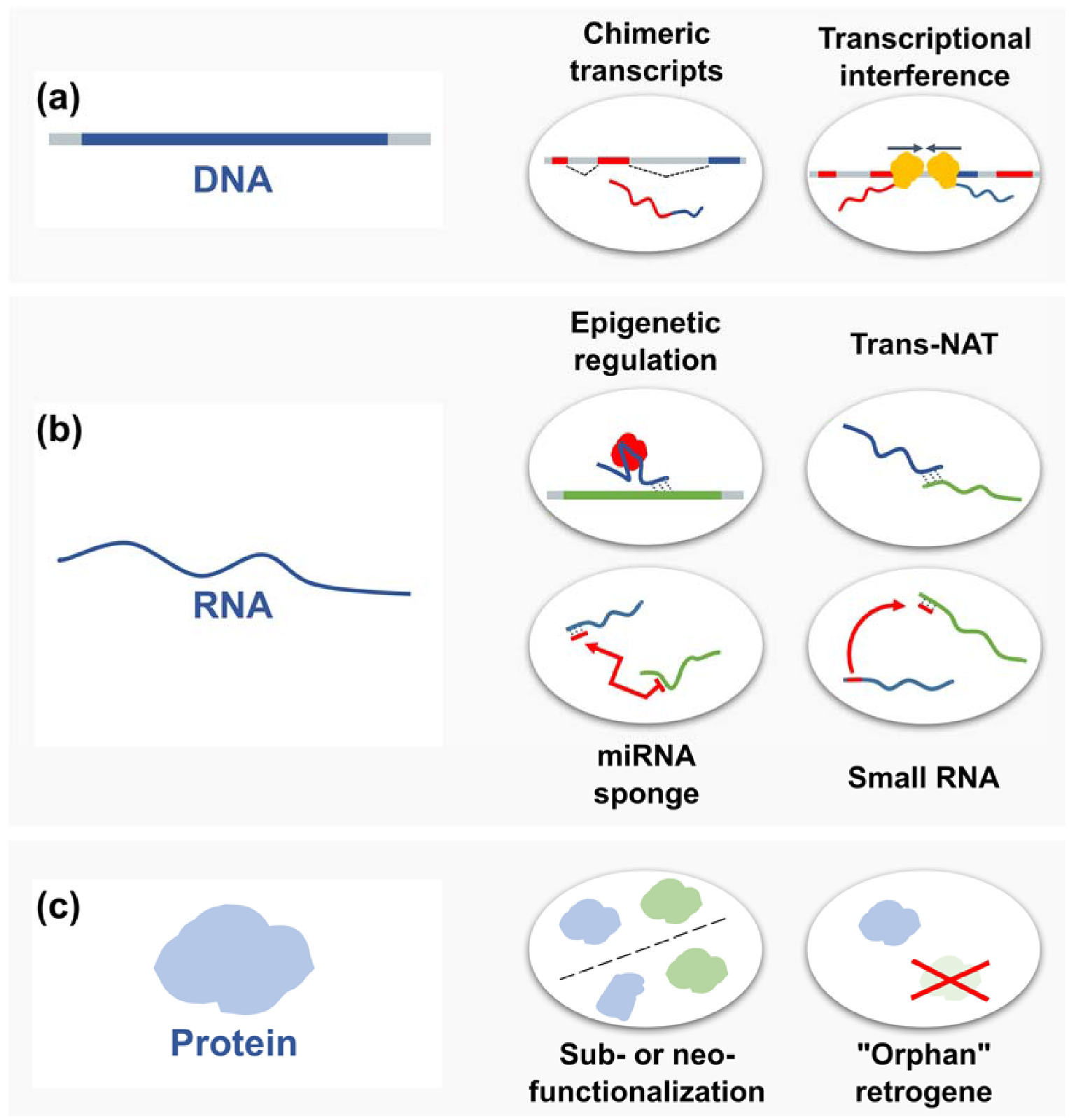The Elusive Spark: Unveiling Challenges in "Metabolism-First" Theories of Life's Origin

The origin of life remains an enduring enigma, captivating scientists for centuries. Among the various hypotheses vying for explanation, two prominent contenders stand out: the " genetics-first " and " metabolism-first " scenarios. While the former posits self-replicating molecules like RNA as the initial spark, the latter proposes that self-sustaining metabolic networks preceded replicating molecules. While the "metabolism-first" scenario offers an intriguing alternative explanation, a recent study highlights a critical limitation – the potential lack of evolvability in such networks, potentially hindering its viability. Evolvability : a cornerstone of life as we know it, refers to a system's inherent ability to undergo heritable changes that lead to improved characteristics over time. This process, driven by natural selection , allows organisms to adapt to changing environments and become more complex over generations. However, the resea...

